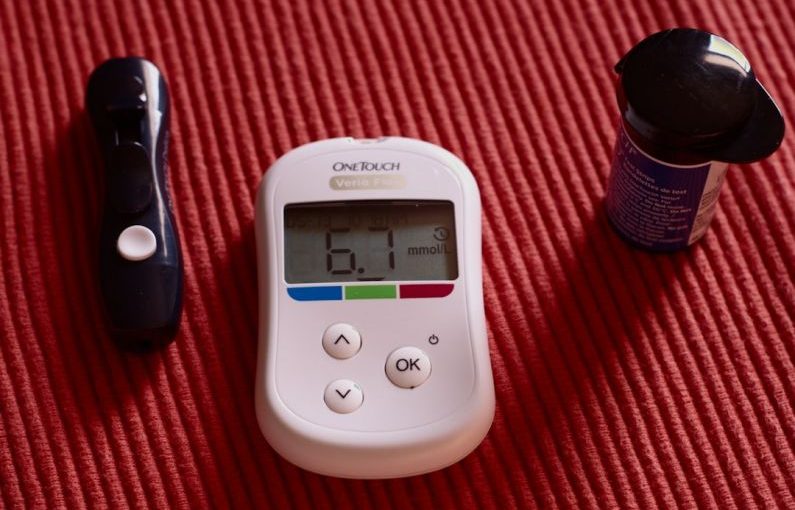Sugar sensors, the small yet powerful devices that have revolutionized healthcare, are making a significant impact in the monitoring and management of various health conditions. These innovative tools, designed to detect glucose levels in the body, are changing the way patients and healthcare professionals approach diabetes management and other related diseases. With the advancement of technology, sugar sensors have become more accurate, user-friendly, and accessible, providing real-time data that is crucial for maintaining optimal health. Let’s delve into the world of sugar sensors and explore how they are transforming the landscape of healthcare.
The Evolution of Sugar Sensors in Healthcare
In the past, monitoring blood sugar levels required frequent finger pricks and cumbersome equipment. However, with the emergence of sugar sensors, patients now have a convenient and non-invasive way to track their glucose levels. These sensors can be worn on the body or implanted under the skin, providing continuous monitoring without the need for constant intervention. This advancement has not only improved the quality of life for individuals with diabetes but has also enhanced the efficiency of healthcare providers in delivering personalized care.
Real-Time Data for Improved Management
One of the key benefits of sugar sensors is the ability to provide real-time data on glucose levels. This continuous monitoring allows patients to track their blood sugar throughout the day, providing valuable insights into how their body responds to food, exercise, and medication. By having access to this information, individuals can make informed decisions about their lifestyle choices and medication dosages, leading to better management of their condition.
Enhancing Patient Experience
Sugar sensors have also transformed the patient experience by offering a more convenient and discreet way to monitor glucose levels. With traditional methods, patients often had to interrupt their daily activities to perform a blood sugar test. However, with sugar sensors, monitoring can be done seamlessly in the background, allowing individuals to focus on their daily routines without disruption. This level of convenience not only improves adherence to monitoring protocols but also promotes a sense of empowerment and independence for patients managing chronic conditions.
Personalized Care and Treatment
The data collected from sugar sensors plays a crucial role in enabling healthcare providers to deliver personalized care and treatment plans. By analyzing trends and patterns in glucose levels, clinicians can make informed decisions about adjusting medication dosages, dietary recommendations, and lifestyle modifications. This personalized approach to healthcare not only improves outcomes for patients but also enhances the overall quality of care delivered by healthcare professionals.
The Future of Sugar Sensors
As technology continues to advance, the future of sugar sensors in healthcare looks promising. Researchers are exploring new ways to enhance the accuracy and usability of these devices, with a focus on miniaturization, improved connectivity, and enhanced data analytics. Additionally, the integration of artificial intelligence and machine learning algorithms holds the potential to further optimize the management of chronic conditions such as diabetes.
Empowering Patients Through Technology
In conclusion, the revolution of sugar sensors in healthcare represents a significant step forward in empowering patients to take control of their health. These innovative devices not only provide valuable insights into glucose levels but also foster a collaborative approach between patients and healthcare providers in managing chronic conditions. As technology continues to evolve, sugar sensors will undoubtedly play a pivotal role in shaping the future of healthcare, offering new possibilities for personalized care and improved patient outcomes.





